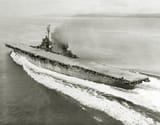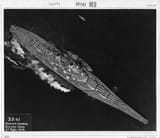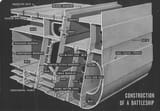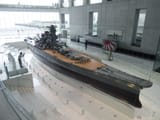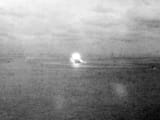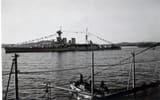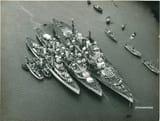>>64011358I think
>>64011354 means the same *thickness* of armor. As far as the armor growing or not growing with the ship, the armor belt’s area was increased in proportion to the “stretch” of the Iowa from the SoDak design. Also, the design of the Iowa was externally constrained by the need to fit through the Panama Canal.
As far as protection goes, Iowa was designed to be protected against the 16”/45 gun, which is almost equivalent protection against its own /50 armament. Equivalent protection, as in, being proof against your own or near-equivalent gun, is a near-universal BATTLESHIP feature that literally every battlecruiser lacks. Kongos were not proof against 14”. Hood wasn’t proof against 15”. Older BCs like Lion is the same.
Anon also noted doctrinal differentiation between BBs and BCs as far as a navy’s intended use that informed the design choices as well.
Iowa is a fast battleship because it was built to fulfill traditional battleship functions and adheres to battleship design elements. They had to add the word *fast* in front of it because thanks to advances in technology and the US exceeding the old London Naval Treaty via the escalator clause. Before Iowa, BBs were around 22-27kt during the interwar period due to multiple factors like the construction freeze, technologic limitations and artificial cap on displacement thanks to the Washington/London Naval Treaties.
Technology might change the performance parameter, but it is the intent that informs classification. A WWI Sopwith Camel flying at 120mph is just as valid as a fighter as an F-22 flying at Mach 2, because the Camel was designed as one. In a similar vein, Iowas are battleships despite being much faster than the old designs because of the intended use informing its design.

